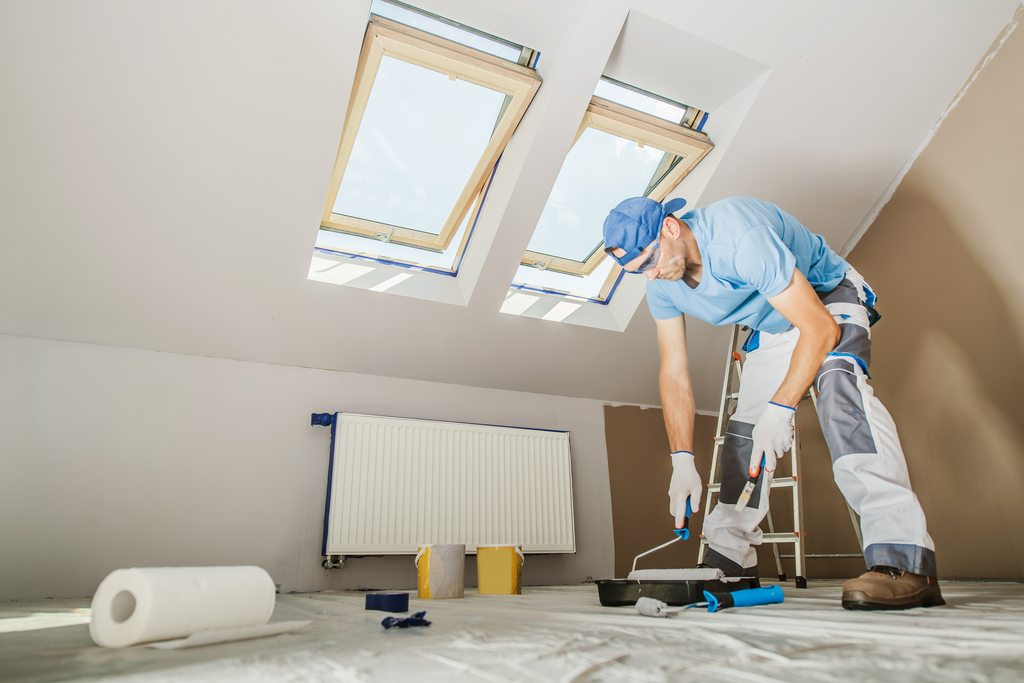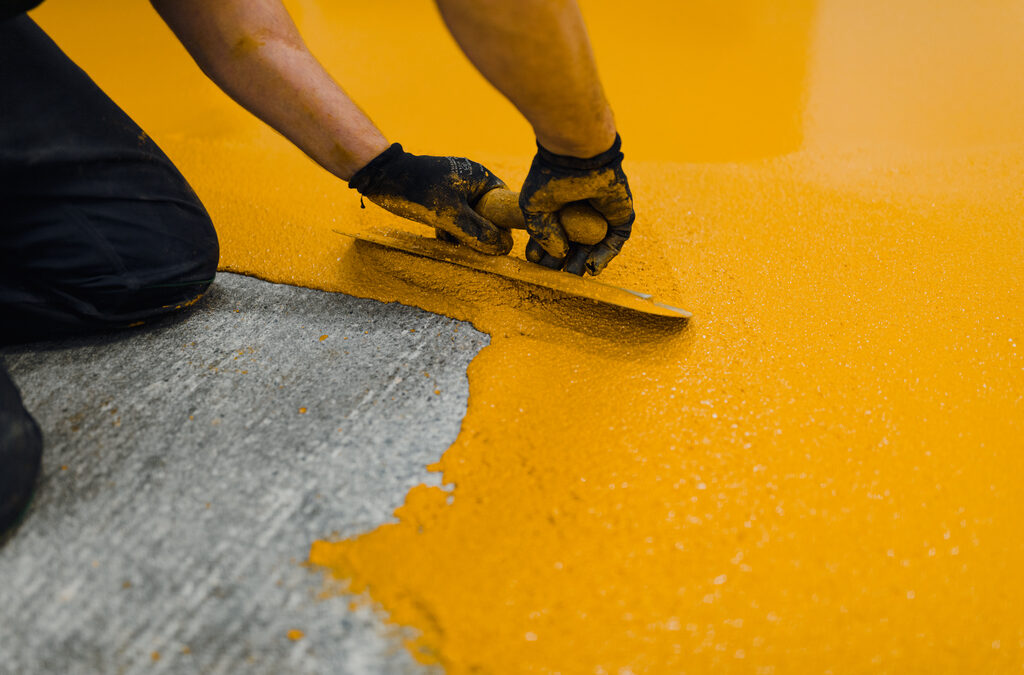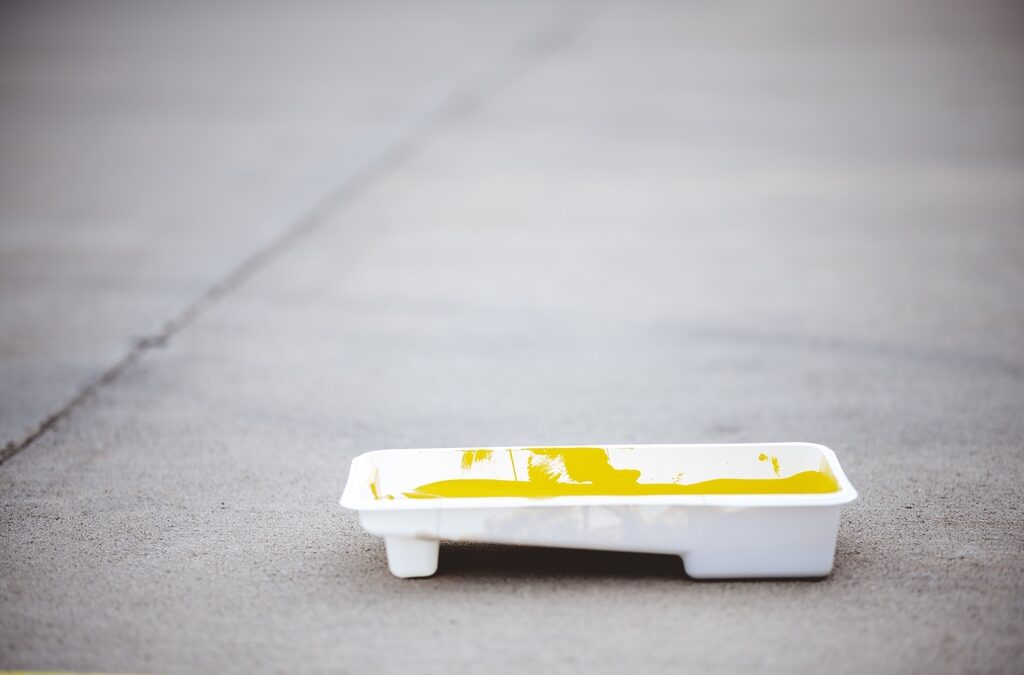Maintaining the beauty and longevity of your home’s interior often requires a fresh coat of paint. But when is the best time to repaint your house interior? Beyond simply choosing new colors, it’s essential to know when to undertake the project for the best results. Here’s a comprehensive guide on identifying the key signs that it’s time to repaint and how factors like temperature and humidity can affect the outcome.
Key Signs It’s Time to Repaint Your House Interior
- Fading or Discoloration
Over time, exposure to sunlight and everyday wear can cause your interior paint to fade or discolor. If your walls are looking dull, this is a clear sign that a new paint job is needed. - Peeling or Bubbling Paint
Paint that is peeling, bubbling, or cracking is a significant indication that it’s time to repaint. This can occur due to moisture issues, poor initial application, or natural aging of the paint. - Visible Wear and Tear
High-traffic areas like hallways, kitchens, and bathrooms are prone to wear. Scratches, scuffs, and stains that no longer come clean are signs that a fresh coat of paint is needed to rejuvenate the space. - Water Damage or Mold Growth
If your walls show signs of water damage or mold, such as dark spots or peeling, it’s essential to address these issues and repaint to prevent further damage and improve the appearance of your home. - Outdated Color Schemes
Trends in home design change, and sometimes the colors you once loved become outdated. If your interiors no longer reflect your style, repainting is a simple way to modernize your space. - Stubborn Stains
If regular cleaning no longer removes stains from your walls, it may be time to repaint. Stubborn marks from smoke, grease, or crayon can often be covered with a new coat of paint.
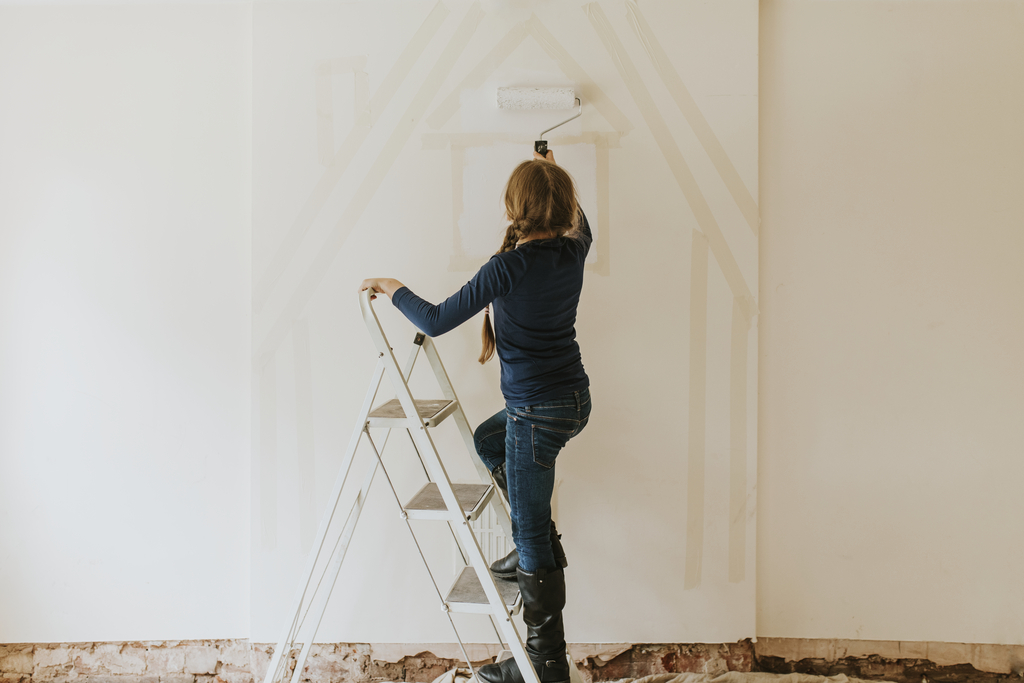
Seasonal Factors That Impact Interior Painting
Choosing the right season for repainting is crucial for ensuring a smooth and long-lasting result. Here are some factors to consider:
Temperature and Paint Quality
While painting inside, you might think that weather conditions don’t matter. However, extreme temperatures can affect the paint’s drying time and finish. According to experts, the ideal temperature for interior painting is between 60°F and 80°F. If it’s too cold, drying times lengthen, which may cause streaks and imperfections. Conversely, overly warm conditions, like those common in summer, can cause the paint to dry too quickly, affecting its finish.
Humidity’s Role in Interior Painting
Humidity plays a significant role in how paint dries. High humidity, often present in spring and summer, can trap moisture in the paint, leading to issues like bubbling and uneven texture. In contrast, the dry air of winter helps paint dry more evenly. However, ensure your home is adequately heated to avoid cold temperatures from extending the drying time.
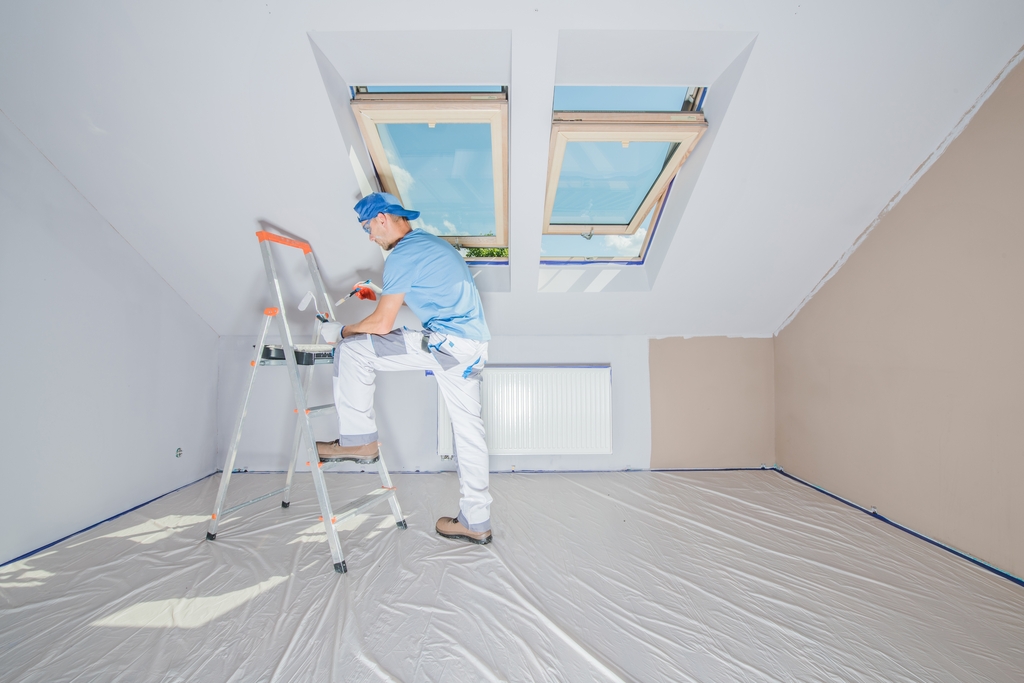
Winter vs. Summer: When Is the Best Time to Repaint?
Contrary to popular belief, winter is often an ideal time to repaint the interior of your home. Professional painters like those at Lifetime Painters suggest winter is perfect due to lower humidity and a more stable indoor temperature. Since winter is the off-season for many painters, it’s also easier to schedule professional services at more affordable rates.
Summer, on the other hand, comes with its benefits too. Longer days allow for more natural light, making it easier to see imperfections, and ventilation is simpler since you can open windows to release fumes. However, be cautious of high humidity levels, as they can prolong drying times and affect paint adhesion.
Tips for Preparing Your Home for Repainting
- Clean and Repair Surfaces
Before starting a paint project, clean your walls to remove dust and dirt that could interfere with adhesion. Repair any cracks or holes in the walls to ensure a smooth finish. - Maintain Proper Ventilation
Especially if painting in winter, ensure your home has proper ventilation. Open windows when possible to allow fresh air to circulate, but avoid too much cold air entering the space. - Choose the Right Paint
Different rooms have different needs. For instance, areas prone to moisture, like bathrooms, should be painted with moisture-resistant paint. Trusted brands like Benjamin Moore and Behr offer a range of interior paints that cater to different needs.
By following these guidelines, you can ensure a smooth and successful repainting project that enhances your home’s aesthetic appeal and longevity. Whether you tackle the project yourself or hire professionals, timing and preparation are key to achieving the best results.

